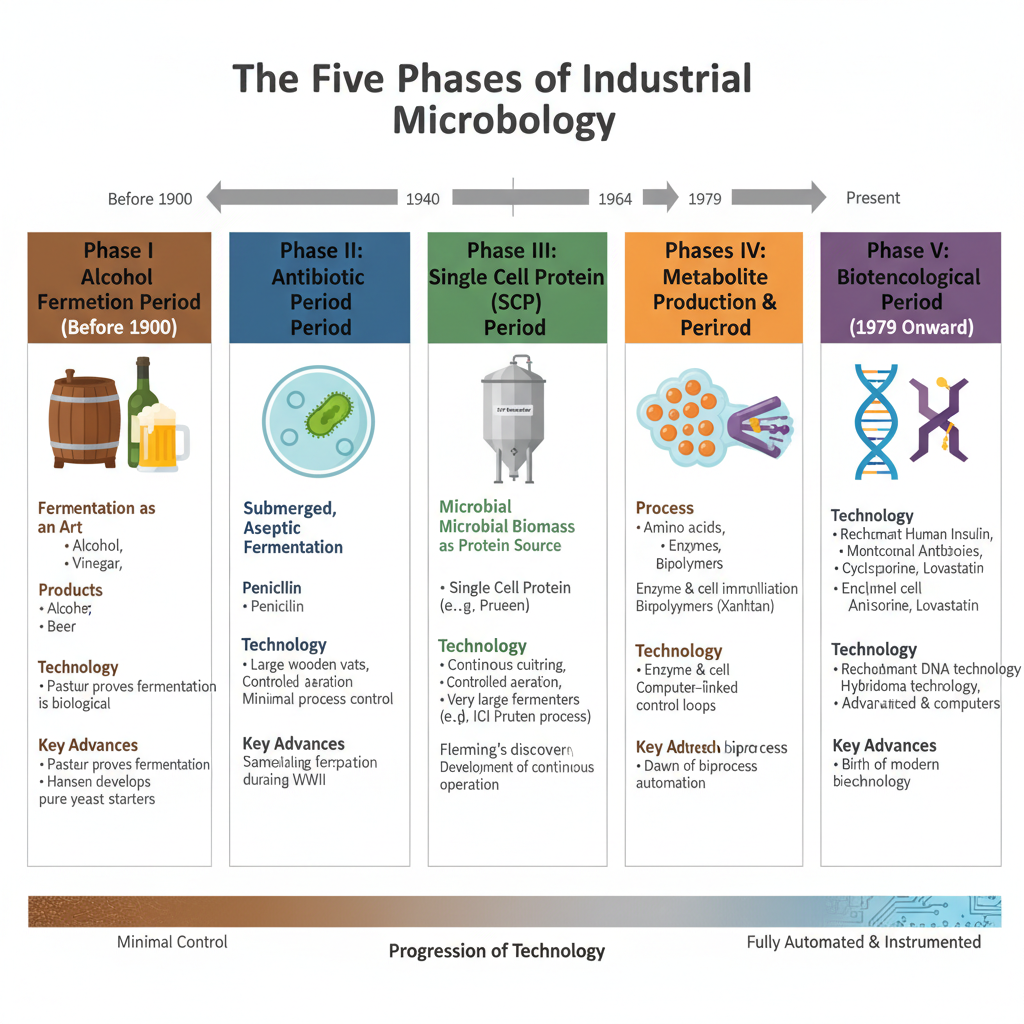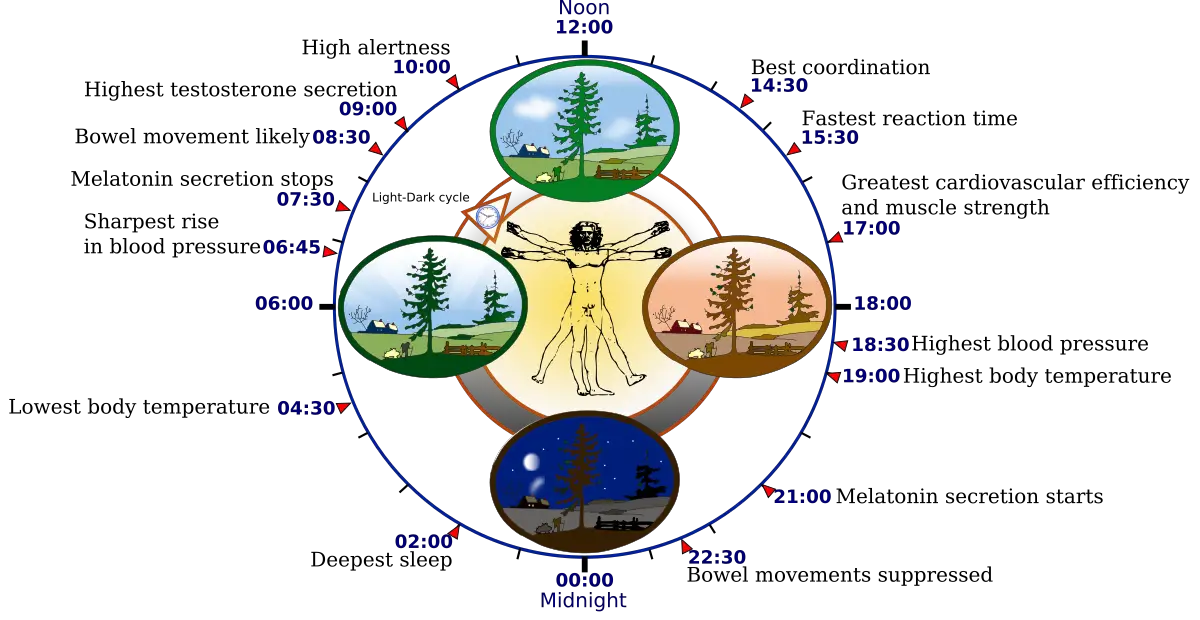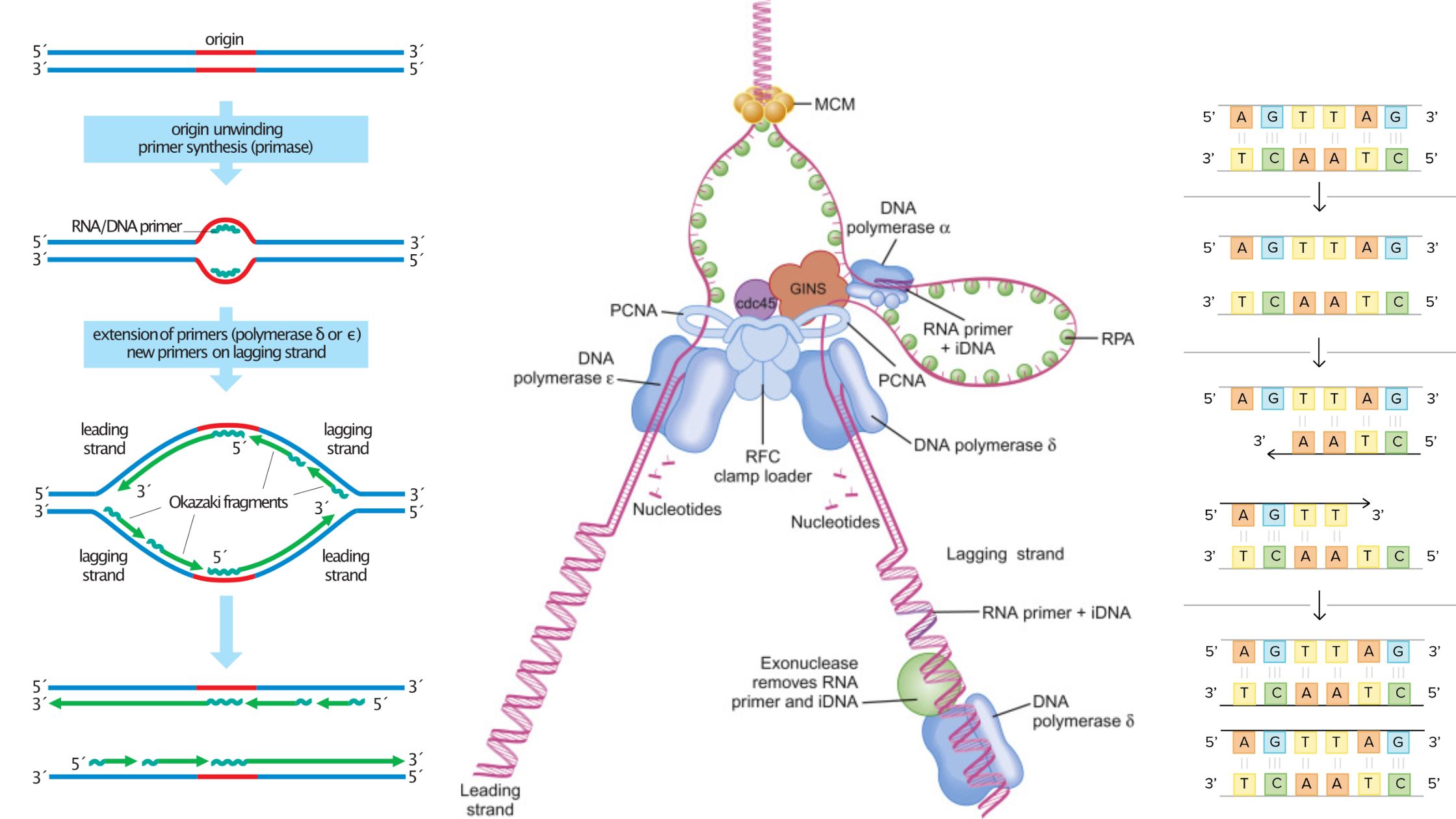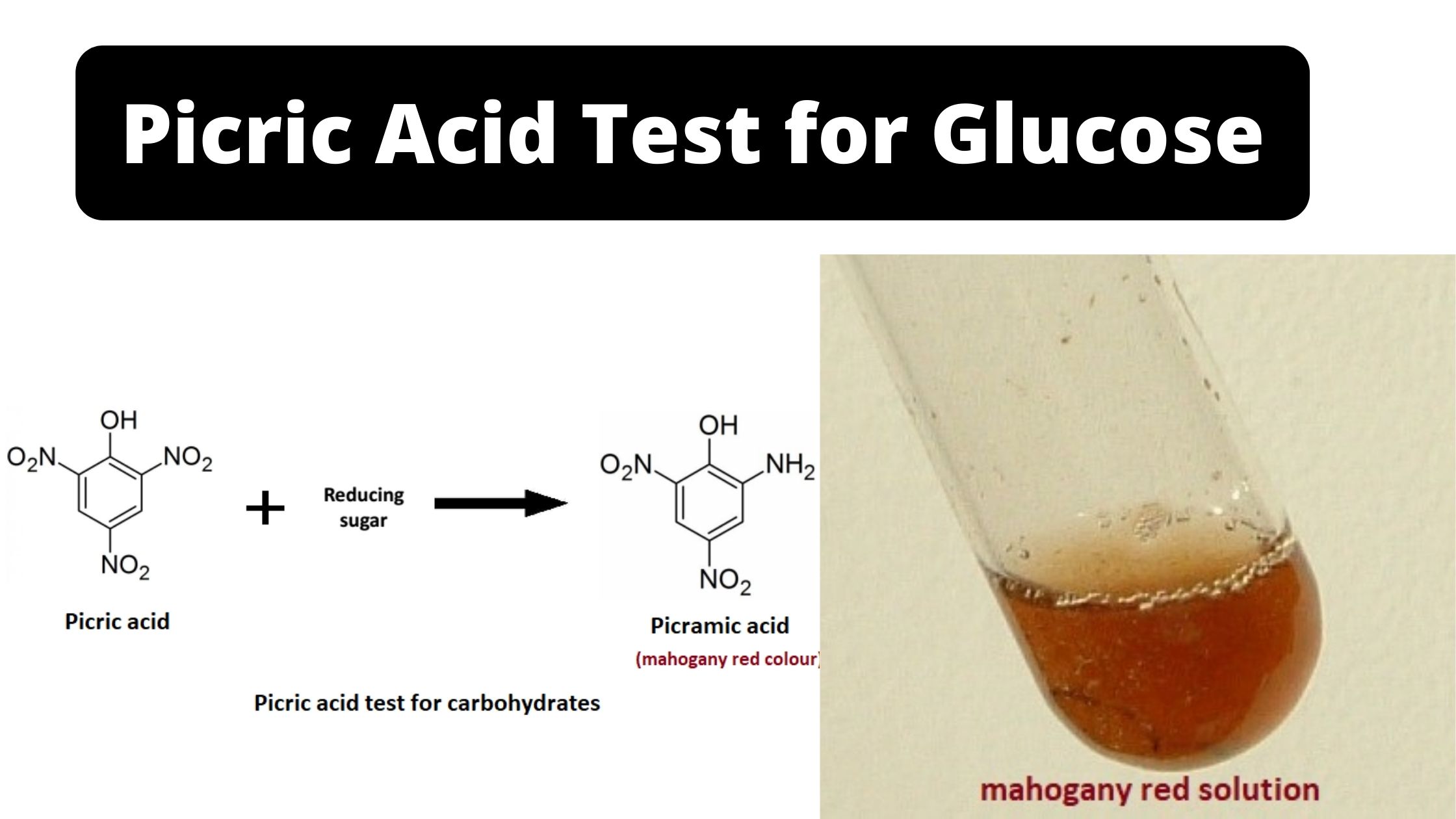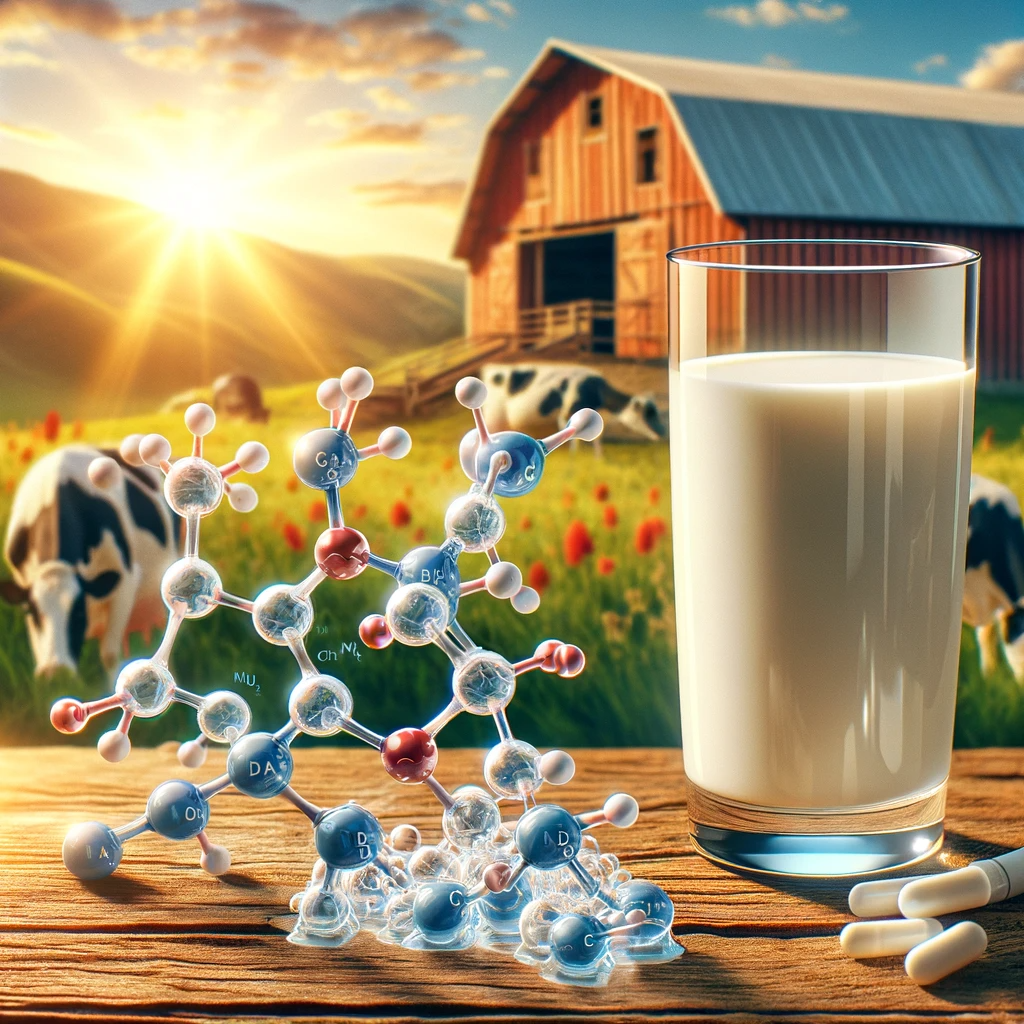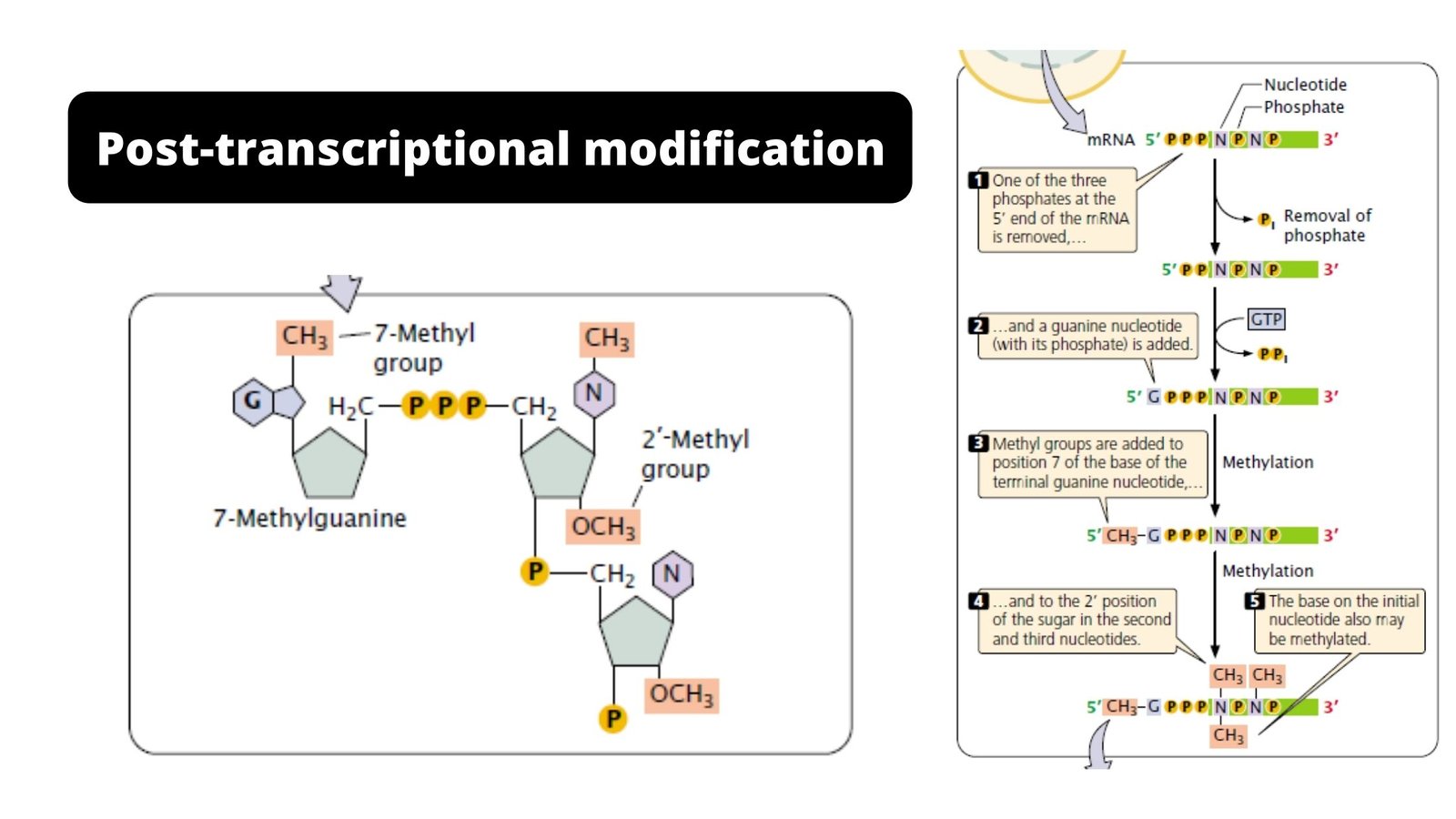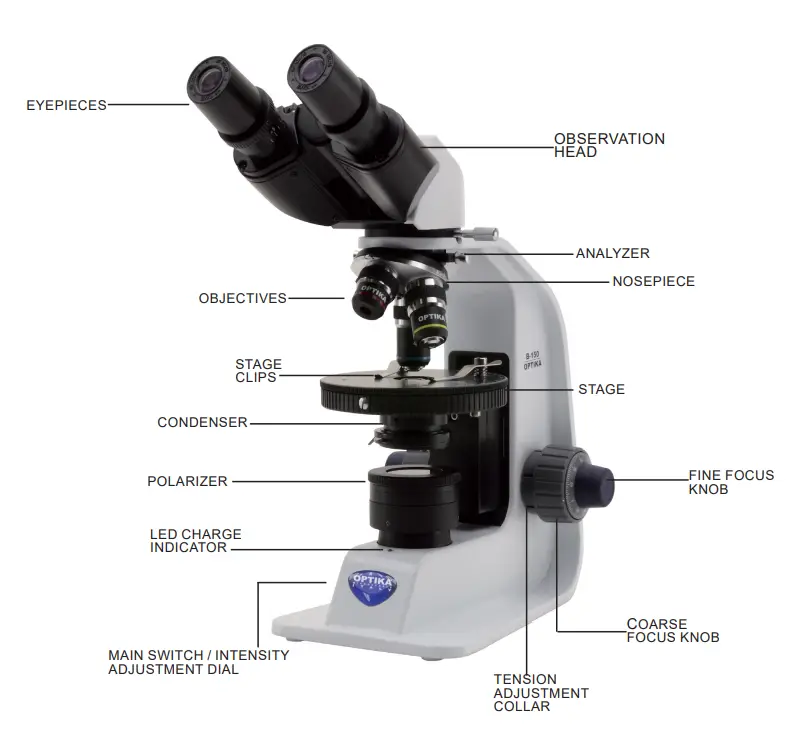Brief History And Developments In Industrial Microbiology
Industrial microbiology is the use of microorganisms like bacteria, fungi, and yeast for producing useful materials on a large scale. It is the process where these microbes are grown under controlled conditions so that they can convert raw materials into different products. It is the process mainly linked with fermentation and other bioconversion methods, and … Read more
